
Cyanidation is a crucial process in the mining industry for extracting gold from ore. It involves using highly toxic cyanide to dissolve gold and separate it from other minerals. Given the environmental concerns and regulatory challenges associated with cyanide use, selecting the appropriate cyanidation method is essential for any operation aiming to maximize efficiency while minimizing environmental impact. In this blog post, we will explore five commonly used cyanidation methods for gold extraction, detailing their advantages, disadvantages, and applicability to different types of mining operations.
1. Heap Leaching
1.1 Overview
The heap leaching method involves piling crushed ore on a lined pad and applying a cyanide solution over its surface. The cyanide percolates through the heap, dissolving gold as it penetrates the ore. The solution is then collected at the bottom of the heap and processed to extract the gold.
1.2 Advantages
Cost - effectiveness: Heap leaching requires a lower capital investment compared to other methods, making it a popular choice for small - to - medium - scale operations.
Simplicity: The process is relatively straightforward and can be carried out with minimal technical expertise.
Flexibility: It can be applied to various ore types, including low - grade ores, for which other methods may not be economically viable.
1.3 Disadvantages
Long processing time: The leaching process can take several months to complete, which may delay the return on investment.
Environmental concerns: If not properly managed, heap leaching can lead to the pollution of groundwater and surrounding areas.
Limited recovery rate: Although effective, heap leaching generally results in a lower gold recovery rate compared to other methods, especially for more complex ores.
1.4 Applicability
Heap leaching is well - suited for operations dealing with low - grade ores, particularly in remote areas where traditional beneficiation and processing facilities are not accessible.
2. Carbon - in - Pulp (CIP)
2.1 Overview
The carbon - in - pulp (CIP) process involves mixing finely ground ore with a cyanide solution and activated carbon. Gold dissolves in the cyanide solution, and the activated carbon adsorbs the gold from the solution. The loaded activated carbon is then processed to extract the gold.
2.2 Advantages
High recovery rate: CIP is known for its ability to achieve high gold recovery rates, often exceeding 90%.
Rapid processing: The process is relatively fast, usually extracting gold within a few hours to a few days.
Scalability: CIP systems can be scaled up to accommodate larger operations, making them suitable for both small and large - scale mining.
2.3 Disadvantages
Higher capital costs: The initial investment in a CIP plant can be substantial, especially for the equipment required for carbon treatment and processing.
Complexity: Compared to simpler methods like heap leaching, the process requires more technical expertise and monitoring.
Cyanide management: As with all cyanide methods, proper handling and disposal of cyanide are crucial to prevent environmental pollution.
2.4 Applicability
CIP is most suitable for operations with high - grade ores and the capacity to invest in more advanced processing facilities. Its high recovery rate is particularly attractive to large - scale mining companies seeking to maximize profits.
3. Carbon - in - Leach (CIL)
3.1 Overview
The carbon - in - leach (CIL) process is similar to CIP, but the carbon is added directly to the leaching tank rather than added afterwards. This allows the leaching and adsorption processes to occur simultaneously, improving the process efficiency.
3.2 Advantages
Efficiency: Due to the simultaneous leaching and adsorption processes, CIL can achieve higher gold recovery rates in a shorter time compared to CIP.
Shorter processing time: The combined process means that gold can be extracted more quickly, often within a few hours.
Improved gold recovery: CIL generally has better recovery rates for low - grade ores compared to other cyanidation methods.
3.3 Disadvantages
Higher capital investment: Similar to CIP, CIL systems require a significant initial investment and operational costs.
Complexity: The process requires careful management and monitoring to optimize the leaching and adsorption conditions.
Cyanide safety: As with all cyanide methods, appropriate safety measures must be taken to handle the toxic cyanide.
3.4 Applicability
CIL is suitable for operations with a mix of high - grade and low - grade ores. Its high efficiency and ability to process low - grade ores make it attractive to large - scale mining companies looking to optimize their process flow.
4. Cyanide Leaching in Stirred Tanks
4.1 Overview
In this method, the ore is ground into a fine powder and then mixed with a cyanide solution in a stirred tank. The agitation helps to increase the contact between the ore and the cyanide, facilitating the faster dissolution of gold.
4.2 Advantages
Rapid gold recovery: Agitation allows for a faster extraction of gold, usually within a few hours, reducing the turnaround time.
High recovery rate: This method can achieve very high recovery rates, especially for finely ground ores.
Process control: The ability to monitor and control the agitation and cyanide concentration can optimize the leaching process.
4.3 Disadvantages
High capital and operational costs: The need for complex equipment and continuous monitoring results in higher costs compared to simpler methods like heap leaching.
Technical expertise required: This method requires skilled personnel to manage the process effectively.
Environmental risks: As with all cyanide methods, the use of cyanide poses significant environmental risks.
4.4 Applicability
Stirred - tank leaching is most suitable for processing high - grade, finely ground ores. It is particularly effective for operators who want to maximize recovery rates and reduce processing time.
5. Bioleaching
5.1 Overview
Bioleaching is an innovative method that uses microorganisms to extract gold from ore. These microorganisms oxidize sulfide minerals, releasing gold into the solution, which can then be recovered through cyanidation or other methods.
5.2 Advantages
Environmentally friendly: Bioleaching is considered more environmentally friendly than traditional cyanidation methods as it reduces the need for toxic chemicals.
Cost - effective for low - grade ores: This method is particularly effective for low - grade ores that are not economically viable to process using traditional methods.
Sustainable: Bioleaching can utilize waste materials and is part of a more sustainable mining approach.
5.3 Disadvantages
Longer processing time: Bioleaching takes much longer than traditional methods, usually requiring weeks or months to reach the desired recovery rate.
Microbial control: Maintaining optimal conditions for the microorganisms can be challenging and requires careful management.
Lower recovery rate: Compared to traditional cyanidation methods, bioleaching may have lower recovery rates for some ore types.
5.4 Applicability
Bioleaching is well - suited for operations that prioritize sustainability and those dealing with low - grade ores. Its environmental benefits can help alleviate regulatory challenges associated with cyanide use.
6. Selecting the Right Method for Your Operation
Choosing the appropriate gold cyanidation method depends on various factors, including ore type, grade, environmental considerations, and financial resources. The following summary can help you make an informed decision:
Heap Leaching: Best for low - grade ores and operations with limited capital. While this method is cost - effective and simple, be aware of potential environmental risks.
Carbon - in - Pulp (CIP): Suitable for high - grade ores and operations that can invest in more advanced processing facilities. CIP offers high recovery rates but requires careful cyanide management.
Carbon - in - Leach (CIL): Applicable to operations with a range of ore grades. CIL is efficient and has high recovery rates but comes with a high investment cost.
Cyanide Leaching in Stirred Tanks: Most suitable for high - grade, finely ground ores. This method allows for rapid recovery but requires significant investment and technical expertise.
Bioleaching: A sustainable option for low - grade ores that reduces environmental impact. However, bioleaching has a longer processing time and may have lower recovery rates.
Ultimately, the right choice depends on your specific operational goals, the regulatory environment, and your commitment to sustainable practices. By carefully weighing the pros and cons of each method, you can make an informed decision that aligns with your operational needs and environmental responsibilities.
7. Conclusion
As the mining industry continues to evolve, staying informed about advancements in gold cyanidation methods and technologies is crucial for maintaining competitiveness and ensuring responsible resource extraction. Whether you prioritize cost - effectiveness, recovery rates, or environmental sustainability, there is a gold cyanidation method that can meet your operational objectives.
- Random article
- Popular articles
- Popular comments
- Understanding the Gold Mine Flotation Process
- Laterite Nickel Ore: Pyrometallurgical Treatment
- Molybdenite Grinding and Separation Process
- Titanium Ore Processing: Magnetic Separation, Gravity Separation, Flotation
- Titanium Ore Processing: Gravity, Magnetic, Flotation, Electric Separation
- Barite Combined Beneficiation: Key Process Insights
- Fluorite Ore Flotation Process for Quartz Type

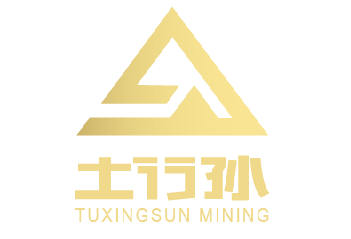



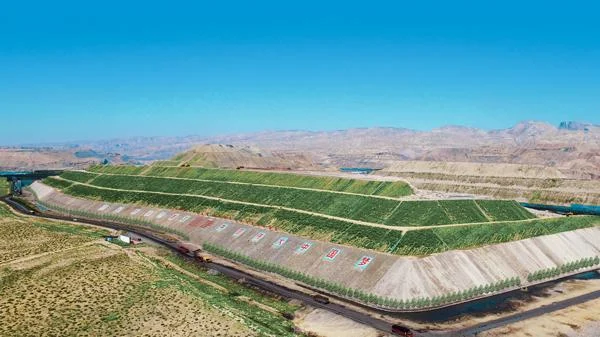
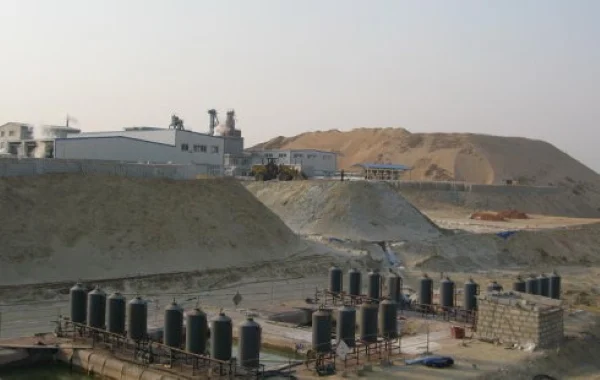
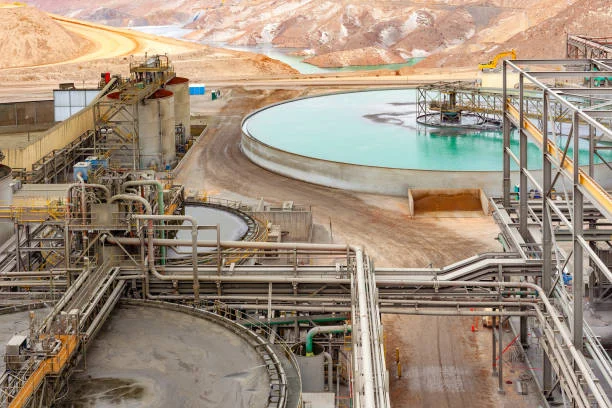
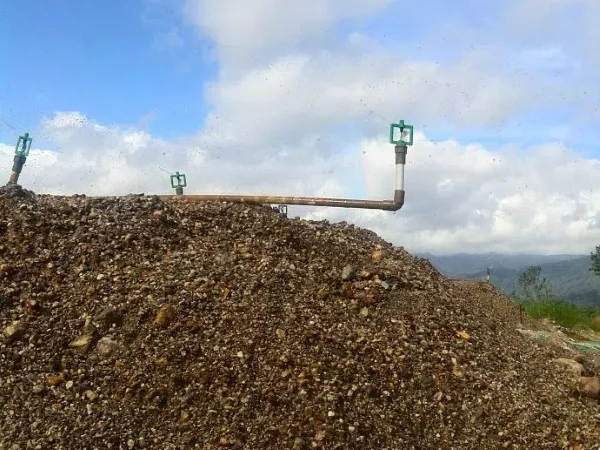

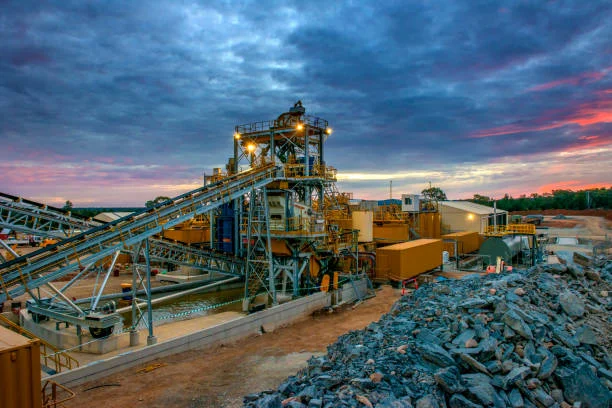
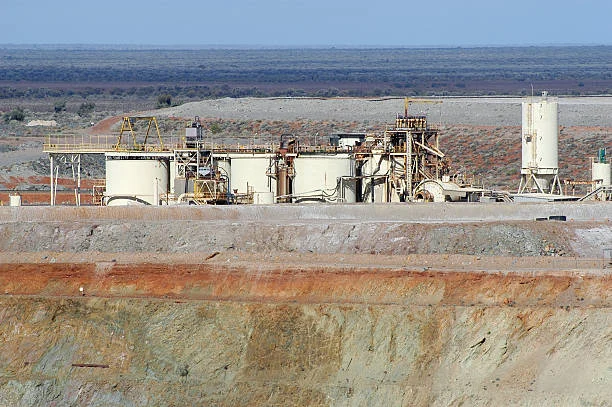
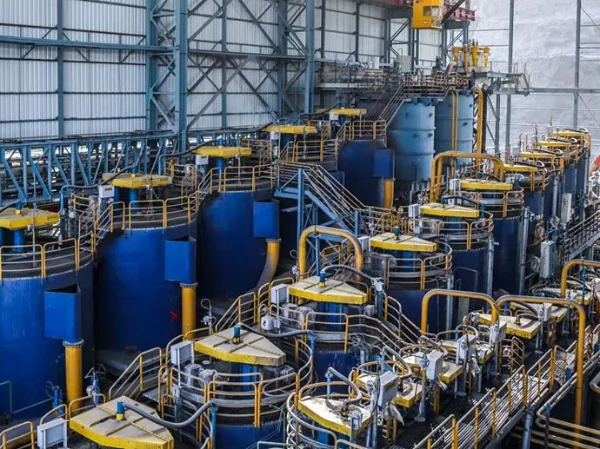
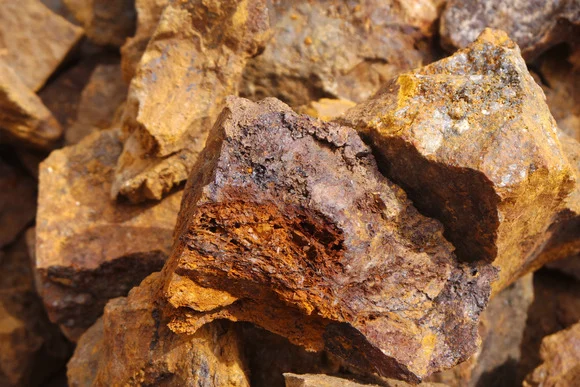

Leave a message with your needs or comments
Add comment: